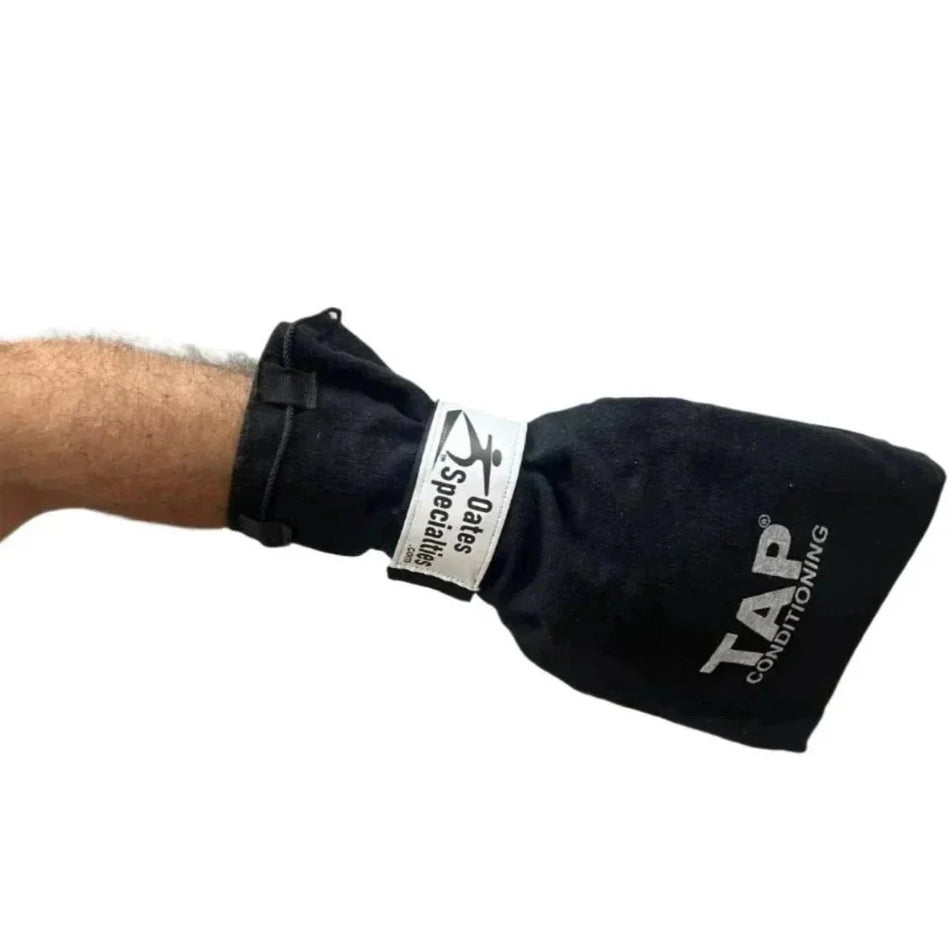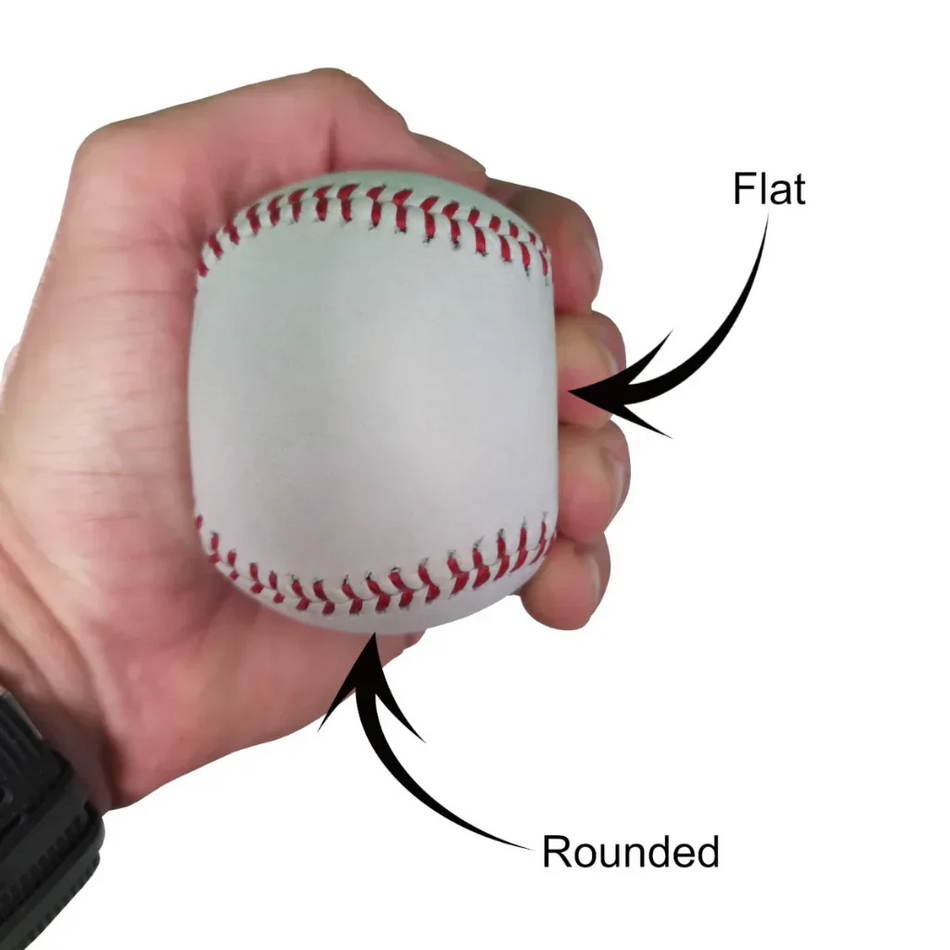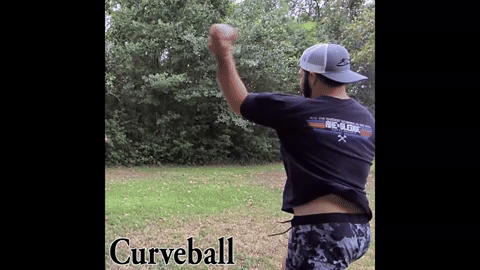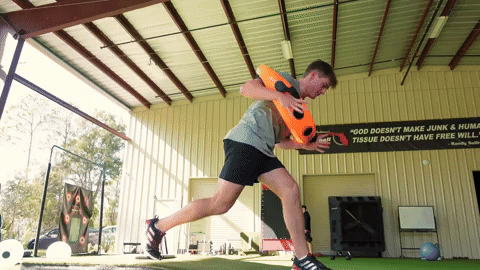Flexibility is fundamentally important to many athletic movements as your body's muscles and joints play a critical part in your athletic ability, performance, and durability. With that being said, athletes often cringe when they hear a coach or trainer mention the word flexibility. I know I used to. Immediately thoughts of tedious and painful hamstring, hip, and groin stretches come to mind. However, as an athlete there are many sacrifices you must make and exercises you must do that you aren't enthusiastic about. Working on your flexibility should be a task of the highest importance to all serious athletes.
Flexibility refers to the ability to move joints through their entire range of motion, from a flexed to an extended position. The flexibility of a joint depends on factors such as the length and suppleness of the muscles and ligaments as well as the shape of the bone and cartilage that form the joint. Yes, flexibility is something that you inherit genetically and some people are naturally more flexible than others. The good news is flexibility can be improved for those of us who are less flexible.
When discussing flexibility, 95% of the time we are trying to improve it, as most athletes are too tight, hindering their range of motion. However, there are those out there who are too flexible and this can cause as many problems as being inflexible. Those with ultra flexible bodies are often dealing with the problem of laxity in their muscles and ligaments. Loose ligaments and muscles offer less joint support and increase the chance of injury. Another problem with too much laxity is athletes lose the stored elastic energy in their ligaments and muscles, depriving these individuals of much needed power. We have often seen these gumby-like individuals, and most often, they are in need of gaining muscle and strength to help them stabilize their joints.
But let's get back to the problem that affects the majority of people, a lack of flexibility. For athletes, sport specific flexibility is commonly more important than general flexibility. For example, baseball pitchers need flexibility in their shoulders, hips, and hamstrings, while football players need great flexibility in their neck for absorbing blows during tackles. A sport specific definition of flexibility states that adequate flexibility permits performing one's techniques in the most efficient body alignment and without wasting energy on overcoming tightness of muscles or ligaments. A lack of flexibility can cause wrong or inefficient movements because the athlete lacks the requisite range of motion to complete the activity properly, and this can increase the chance of injury as well as negatively impact performance.
As for injury, muscle tightness is associated with an increased risk of muscle strains, pulls, or tears. A muscle is elastic, similar to a rubber band. If a rubber band is stretched past its capability it will snap. If during competition, a movement or impact forces muscles, tendons, or ligaments past its range of motion, an injury is likely to occur. Therefore, more flexibility will reduce the chance that a movement during competition will force a muscle beyond its natural range of motion, decreasing the chance of injury.
Flexibility often has a direct correlation with athletic performance. For one, flexibility is necessary to complete many athletic movements. A more flexible athlete is a more mobile athlete, as he/she is able to perform enhanced movements with greater ease and dexterity. Greater flexibility leads to a better ability to complete sport specific movements which in turn results in improved performance. An example of this is a pitcher's hamstring flexibility. In order for a pitcher to have an explosive and full follow through at the end of his delivery, he must be able to rotate over his front foot, which requires loose hamstrings.
Take this picture of Tim Lincecum's finish for example. He is obviously a very flexible individual throughout his hamstrings and hips in order to be able to make it into this position. Most pitchers lack the ability to ever end up in a position such as this, and it is certainly to Tim's advantage that he is able to. Pitchers whose hamstrings and hips are tighter will begin to encounter resistance from these muscles earlier in their finish and it will begin to slow their body's momentum, which is so very important when generating high velocities. Also, more flexible pitchers are able to slow their arm down over a greater distance as their body can continue to rotate after release. If a pitcher's hamstrings stop his delivery right at release because he can no longer extend forward, his arm must stop as well since the body is no longer traveling forward. This sets the pitcher up for arm injury as the arm must apply its breaks more quickly.

Many coaches and parents around the country are guilty of yelling, "Finish the pitch!" More times than not the pitcher does not have a mechanical flaw but instead is unable to physically finish the pitch because of his tight hamstrings and/or hips. Check back for my next article as I discuss dynamic and static stretching as well as other ways to improve flexibility in athletes so they will be able to "Finish their pitch!"
Until next time,
Brian Oates
Brian@Oatesspecialties.com














































